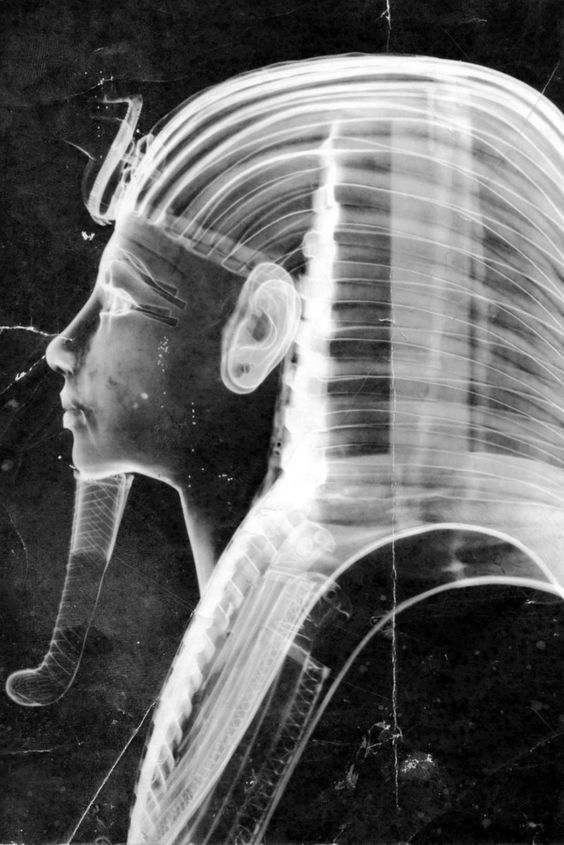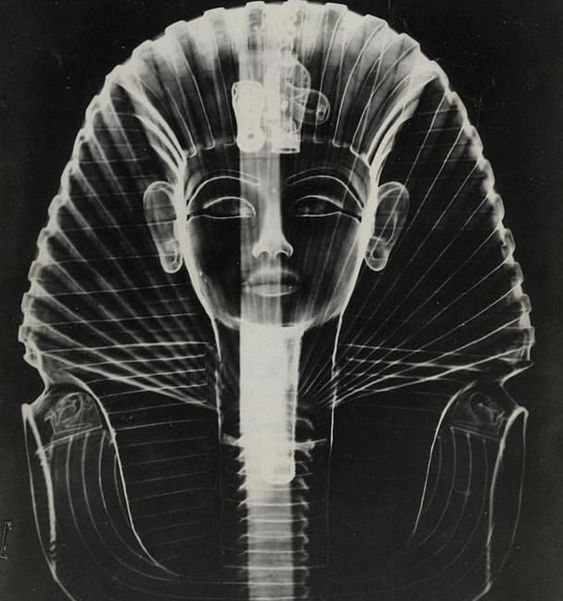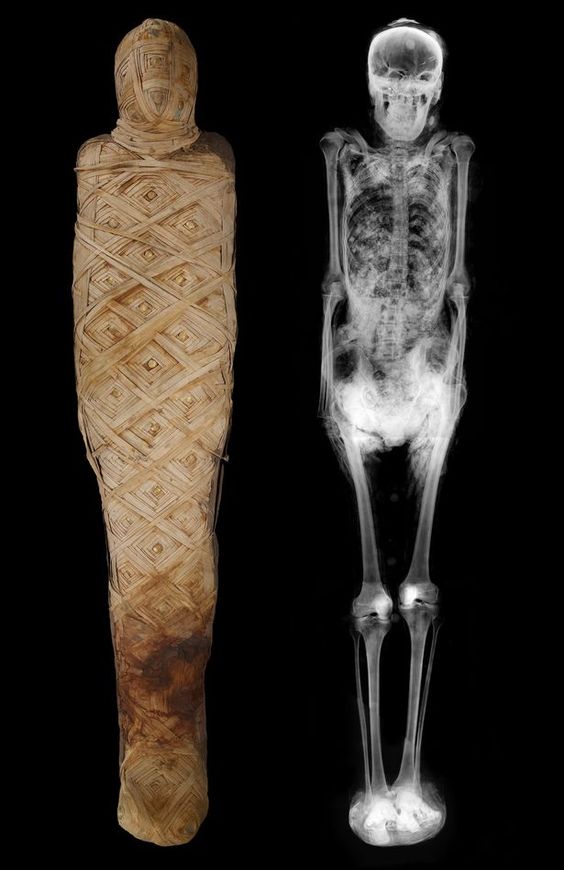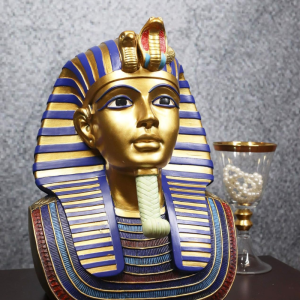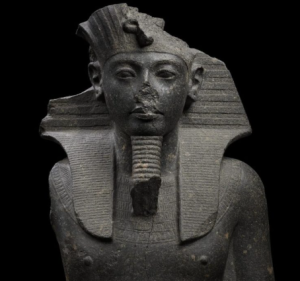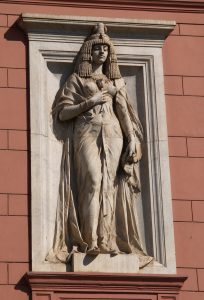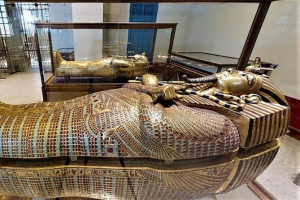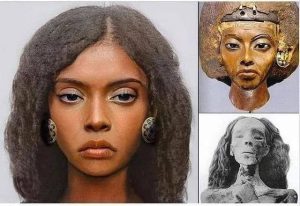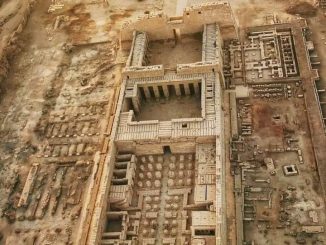After a couple of months in rehab, Tutankhamun’s golden mask is back on display at the Egyptian Museum in Cairo.
Or should that be ‘Nefertiti’s mask’?
The mask fell victim to some sloppy handling in August 2014 when it was lifted from its glass display case stand to allow staff to change a light bulb. The mask’s braided divine beard, precariously held in place by a small pin, came loose.
They panicked.
Desperate to ensure the mask was on display to receive the next morning’s visitors, and fearing whatever punishment that breaking the country’s greatest icon might attract, they made a terrible decision. Someone found some epoxy fast-acting glue and stuck the beard back on. And to make matters worse, it was a botched job; the glue smeared messily. When the staff tried scraping it off they left behind scratch marks on the 3,000 year-old golden face.
There was an international public outcry. Academics and museum curators however were silent; they had their own restoration horror stories and were in no hurry to throw stones.
A German-Egyptian team led by restoration expert, Christian Eckman, spent two months assessing the damage using the latest high-tech gadgetry , and then carefully scraping away the epoxy – often with a small wooden stick.
While the reason behind mask being in the restoration lab in the first place wasn’t great, it did present an unprecedented opportunity to examine the mask more closely than ever before.
It is all quite timely really. Tutankhamun’s tomb underwent a radar scan in late November to test a theory by British Egyptologist, Dr. Nicholas Reeves. He believes that at least two of the Burial Chamber’s walls hide secret chambers, and suggested that one of them could contain the untouched burial of Tutankhamun’s step-mother; Queen Nefertiti. The radar results were positive, detecting a void large behind the masonry.
The examination of the mask in the restoration lab also supported Dr. Reeves other theory: that the mask was originally created for a female predecessor. Under the right light, slight traces of an earlier, erased royal name could be detected. Reeves believes that this royal woman was Queen Nefertiti, who firstly co-ruled with her husband, Akhenaten, and then in her own right for a short time before her death.
No doubt the Tutankhamun story will continue to get more intriguing as authorities probe further behind the wall in his tomb. And for now, Tutankhamun’s golden mask is back on show in the Egyptian Museum, delighting visitors who will no doubt be taking an unprecedented interest in his chin.
This X-Ray of Tutankhamun’s iconic mask was made during an examination in the 1960s.
